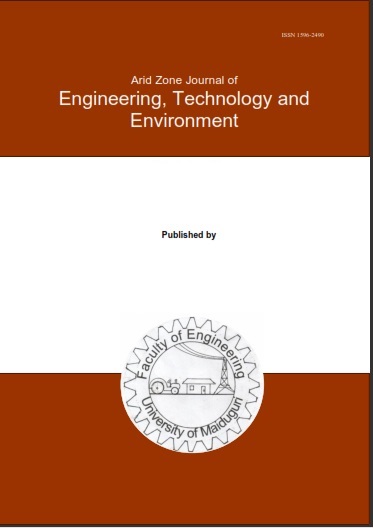Abstract
Cracks and spalls in building structures pose serious risks to safety and durability. Conventional methods of detecting these defects are manual, time-consuming, and error-prone. Hence, this study develops a web-based system for automated defect detection using deep learning models. Two object detection models (YOLOv8 and Detectron2), and a CNN model (Resnet18), were trained on 1798 annotated images which consisted of benchmark datasets (METU, VCC) and with locally acquired images. Classification and object detection were done on both datasets acquired. YOLOv8 achieved a weighted average of 99.0% precision, 99.0% recall, and 99.0% accuracy, while Resnet18 reached 98.8.0% precision, 98.8% recall, and 98.8% accuracy weighted average for mild crack, severe crack and spall. For the object detection, YOLOv8 (mask mAP50 of 93.0%) achieved superior segmentation accuracy than Detectron2 (mask mAP50 of 87.5%). Both models demonstrated strong performance in detecting spalls, mild and severe cracks (mAP > 0.73). The Detectron2 model was deployed in a web-based application to enable real-time crack and spall identification. These results confirm the feasibility of AI-assisted structural health monitoring and highlight pathways for improving crack detection through balanced datasets, synthetic augmentation, and higher-resolution training in both Nigerian and global contexts.

This work is licensed under a Creative Commons Attribution-NonCommercial-NoDerivatives 4.0 International License.
Copyright (c) 2025 ARID ZONE JOURNAL OF ENGINEERING, TECHNOLOGY AND ENVIRONMENT

